How I learned to stop worrying and love the bot
An ever present anxiety that automation will take our jobs is being replaced by a fear that it won’t

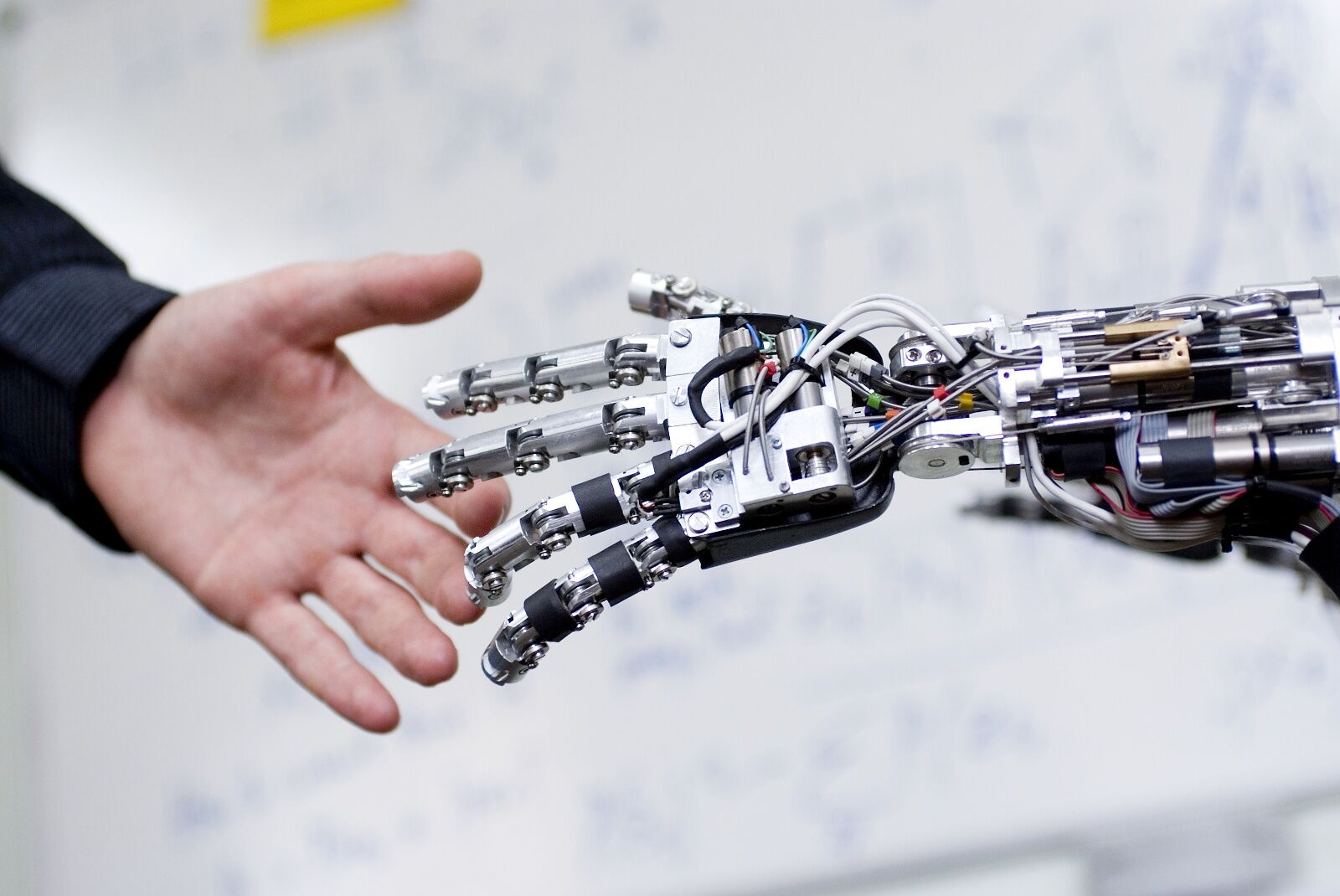
I am inherently suspicious of automation. Not out of fear that homicidal robots from the minds of Paul Verhoeven or James Cameron may suddenly spring into existence – although with the military drones we have now, some would argue they already have. No, my concerns are always more aligned with those of “Ned Lud”; that automation will kill off jobs and make life harder for average people, not easier.
No matter how often I’ve heard arguments, I’m yet to be persuaded that automation – whether in the form of physical robots or purely software-based AI – will only remove the dirty, dangerous and damaging jobs from society. The arrival of automation and mechanisation at a scale that will turn us into beings of leisure in some kind of techno-utopia, (which is proposed more often than you’d think) seems even farther fetched.
This week’s news of a “jaw dropping” reduction in the birth rate, however, may have finally changed my mind.
On the face of it, it’s a fairly simple story: Across the world, women are having fewer and fewer children, to the point where we’re almost falling below the replacement rate of an average of 2.1 children per woman. At the other end of the scale, people are living longer; in much of Europe, including the UK, average life expectancy is over 80-years-old, with Australia, Canada, Hong Kong, Macao, Japan, South Korea and Taiwan falling in the same bracket. The rest of the Americas and some of Asia and North Africa falls into the 75 to 80-years-old bracket.
But these extra years aren’t necessarily healthy ones. With old age often comes frailty and diseases like cancer, dementia and heart disease, which disproportionately affect the elderly. The older you get, the more likely you are to succumb to these illnesses and the general ravages of time, which makes your need for long-term care ever more likely, too.
With fewer children being born, ultimately this means there aren’t going to be enough younger people to take care of the elderly – particularly as the baby boomer cohort enter their 70s and beyond.
So what can be done? Well, countries like Japan, which has been dealing with this problem (and its economic ramifications) for some time, are already starting to find their answer in robotics. As discussed in a feature published on IT Pro this week, in some Japanese hospitals Pepper humanoid robots patrol the corridors, interacting with patients, while a bear-like robot has been developed to help with lifting patients.
Sign up today and you will receive a free copy of our Future Focus 2025 report - the leading guidance on AI, cybersecurity and other IT challenges as per 700+ senior executives
RELATED RESOURCE

The IT Pro Podcast: Can AI ever be ethical?
As AI grows in sophistication, how can we make sure it’s being developed responsibly?
There are wider implications, too, for the economy and even for the environment. Perhaps, then, what we need isn’t fantastical robot hairdressers or even self driving cars. Instead, our automata and software will need to replace those people who are ‘missing’ from the workforce, filling gaps rather than pushing people out.
It still worries me that a rapid move to automation will do exactly that, or indeed already is. But a slow lifting of the burden, supporting the changing global demographic; now that, perhaps, is a robot revolution I can finally get behind

Jane McCallion is Managing Editor of ITPro and ChannelPro, specializing in data centers, enterprise IT infrastructure, and cybersecurity. Before becoming Managing Editor, she held the role of Deputy Editor and, prior to that, Features Editor, managing a pool of freelance and internal writers, while continuing to specialize in enterprise IT infrastructure, and business strategy.
Prior to joining ITPro, Jane was a freelance business journalist writing as both Jane McCallion and Jane Bordenave for titles such as European CEO, World Finance, and Business Excellence Magazine.
-
 EU lawmakers want to limit the use of ‘algorithmic management’ systems at work
EU lawmakers want to limit the use of ‘algorithmic management’ systems at workNews All workplace decisions should have human oversight and be transparent, fair, and safe, MEPs insist
-
 Pure DC’s announces 'Europe’s largest standalone hyperscale data center lease' in Amsterdam — but who is the mystery customer?
Pure DC’s announces 'Europe’s largest standalone hyperscale data center lease' in Amsterdam — but who is the mystery customer?News The company is now constructing a 78MW campus in Westpoort, Amsterdam
-
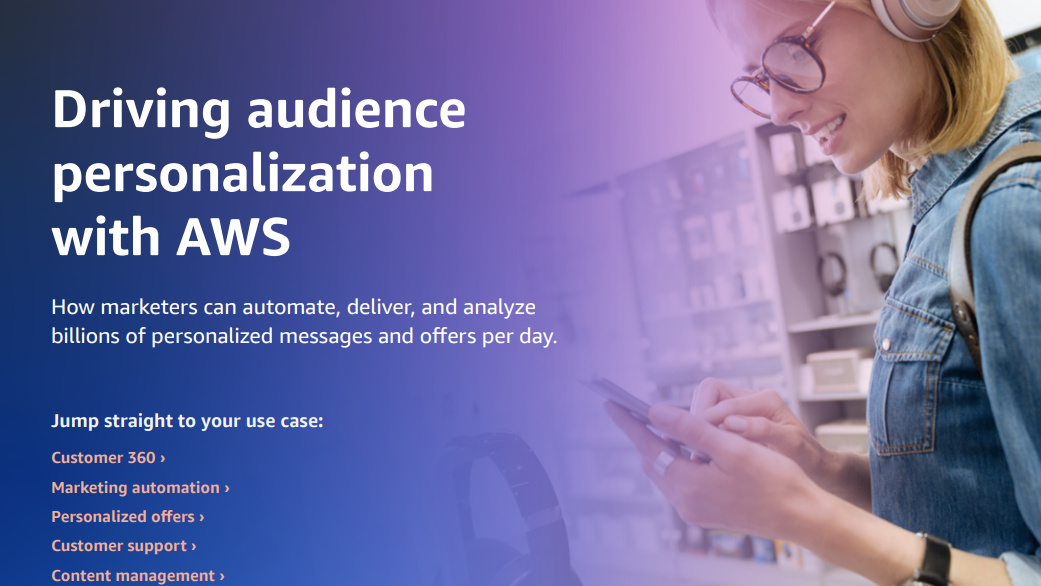 Automate personalization with AWS
Automate personalization with AWSWhitepaper How marketers can automate, deliver, and analyze billions of personalized messages and offers per day
-
 How a hyper-automation platform can drive value for your bank
How a hyper-automation platform can drive value for your bankWhitepaper Five ways automated processes can drive revenue and growth
-
 Appian wants to be the AI company for AI skeptics
Appian wants to be the AI company for AI skepticsAnalysis The firm outlines its AI strategy at Appian World 2023 while using ChatGPT and Midjourney to create scripts and imagery for keynote presentations
-
 Workday hit with claims its AI hiring systems are discriminatory
Workday hit with claims its AI hiring systems are discriminatoryNews An African American plaintiff has alleged that Workday's systems prevented him from being hired on the basis of his race, age, and mental health
-
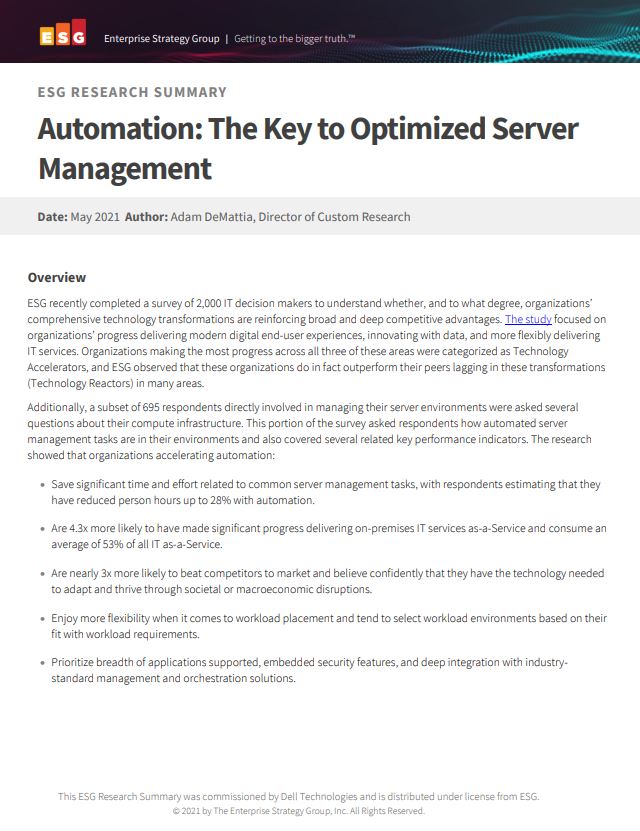 Automation: The key to optimised server management
Automation: The key to optimised server managementWhitepaper Deliver modern digital end-user experiences, innovate with data, and more flexibly deliver IT services
-
 Drive digital transformation with IBM process mining
Drive digital transformation with IBM process miningWhitepaper A process discovery, analysis and monitoring technique to help businesses succeed throughout the entire DX journey
-
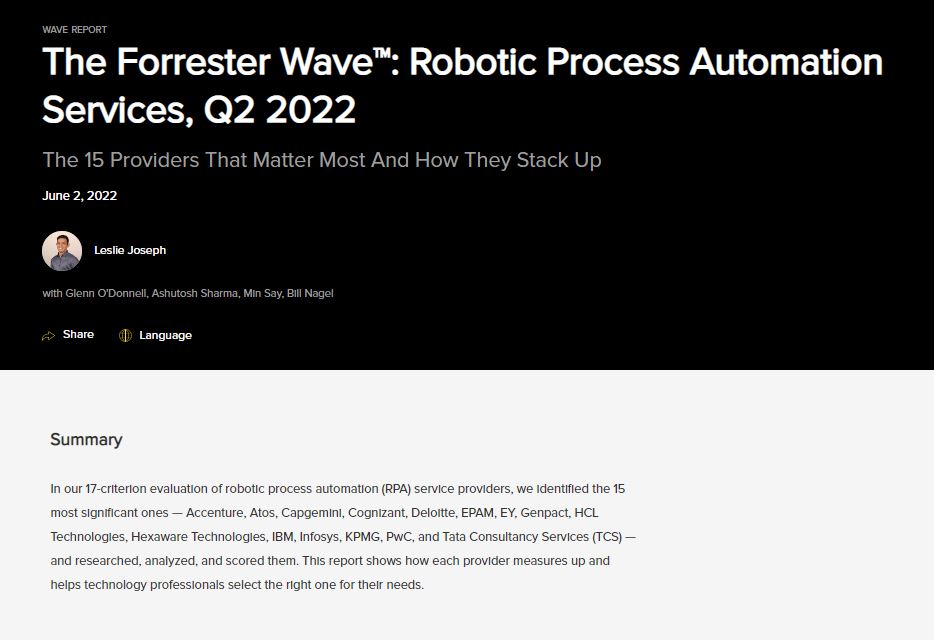 The Forrester Wave™: Robotic Process Automation Services
The Forrester Wave™: Robotic Process Automation ServicesWhitepaper The 15 providers that matter most and how they stack up
-
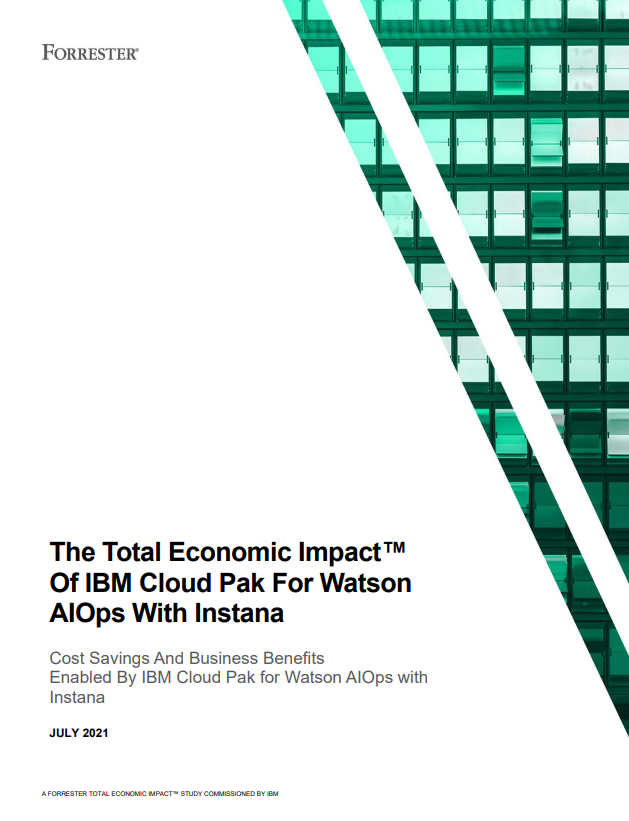 The Total Economic Impact™ of IBM Cloud Pak® for Watson AIOps with Instana
The Total Economic Impact™ of IBM Cloud Pak® for Watson AIOps with InstanaWhitepaper Cost savings and business benefits